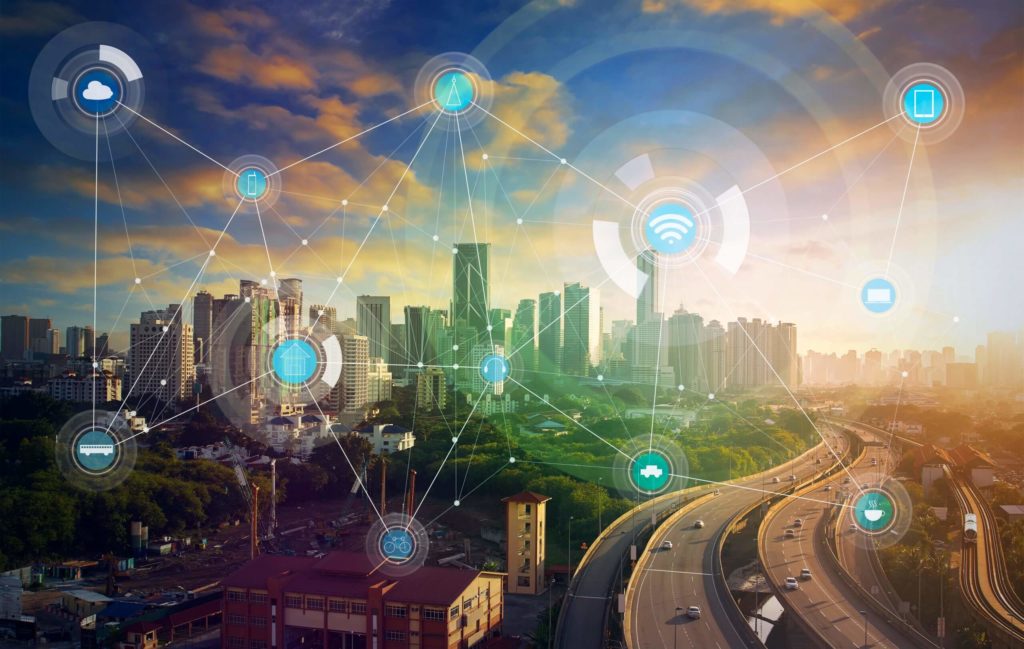The electric car is now increasingly an IoT object thanks to the use of 5G and edge computing. In this case, the connected vehicle becomes part of an ecosystem and smart city management, leading to the transition from the traditional city to the environmentally sustainable city.
EV electric cars are also connected and in the smart city recharging uses the typical resources of ubiquitous connectivity and 5G through smart objects such as modern charging stations, which are now 100 per cent part of the Internet of Things. As urban areas are enriched with distributed sensors, the concept of the smart city is gaining ground, and with this in mind, transport is also evolving towards connected, cooperating and automated mobility paradigms or CCMA. The vehicle becomes an integral part of an interconnected ecosystem that includes smart road infrastructuresand private and public control centres, in a typically Internet of Things perspective.
Success factors for the electric car

In recent years, the electric car has enjoyed great success for a variety of reasons, and there are many factors behind the EV’s success. Among these we mention:
- Ride comfort and absolute smoothness, as there are no noises and the lack of gearboxes prevents engine tugging while having impressive acceleration;
- Low cost per kilometre; a car for a full tank of energy from the 22 kW column takes more or less two hours of time and 12 euros, which allows one to drive about 300 kilometres;
- Access to LTZs and free blue parking spaces: electric cars access LTZs and do not pay on the blue stripes as they are quiet and non-polluting;
- Zero emissions: an electric car makes it possible to travel without harming the environment as it is a sustainable vehicle, provided that the energy is derived from renewable, non-fossil sources.
From traditional management to smart city management

Today, everyone is talking about Smart City, a term that has become fashionable and is used for the marketing of companies and local administrations. The Smart City brings digital transformation and IoT technology, i.e. the Internet of Things, to various areas of public administration.
Moving from traditional city management to smart and intelligent management means creating a sustainable, efficient and innovative city, a city that is able to guarantee a high quality of life for its citizens through the use of connected and integrated technological solutions and systems.
Benefits of smart city management
So what are the benefits of smart cities and smart city management? Here are the points to consider according to the e-mobility specialists at DazeTechnology:
- A more efficient city thanks to Big Data, which provides access to previously unavailable information and anticipates possible problems, also raising service levels through faster and more effective decision-making;
- Safer city thanks to video surveillance technologies leading to a decrease in crime;
- A more participatory and inclusive city, where there is dialogue between the citizen and the public administration and distances are broken down, increasing the level of trust and involvement;
- More sustainable cities thanks to e-mobility that reduces pollution and CO2 emissions as long as renewable sources are used in an integrated way;
- Optimised services and infrastructure: from adaptive lighting to street and building maintenance and real time monitoring of water, electricity and gas consumption, the smart city offers high value-added services to citizens. It is a more connected city, able to create a digital environment for its citizens, where wi-fi is accessible at various points in the city.
This includes electric cars and sustainable mobility, which will enable compliance with the 2030 climate agreements and lead to a pollutant-free environment within smart city management.
